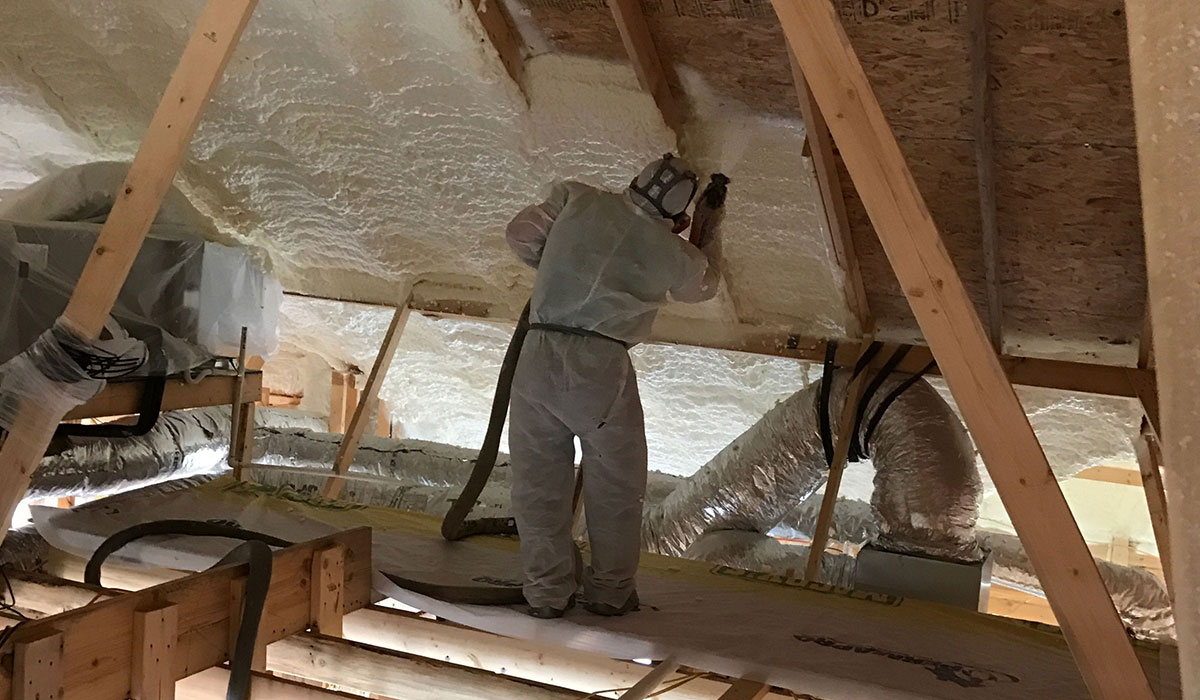The Importance of Regular Tyre Pressure Checks

Correct tyre pressure is one of the simplest yet most impactful ways to make sure that the vehicle is safe and efficient. This is because underinflated or overinflated tyres worsen the handling and mileage while increasing braking distances. This is also the reason for uneven tyre wear. Especially, rapidly changing UK weather conditions make tyre pressure more important to drive safely on wet or icy roads. This is where a monthly pressure check can solve most of the issues.
We have come up with this article to discuss all these aspects in detail. The main emphasis here will be on its importance and the correct process, along with its benefits.
1. How Tyre Pressure Affects Safety
Grip and Handling
Optimal pressure helps the tread maintain its maximum contact area, which in turn improves cornering and grip. The tyres' edges bear more load when pressures dip below the recommended levels. Such conditions are not suitable for wet UK roads and can make driving unsafe.
Braking Distances
Typically, a 20% underinflated tyre can increase stopping distances by up to 7 metres at around 50 mph. These extra metres matter a lot in emergencies. However, regular pressure checks help ensure a reliable braking response.
Risk of Blowouts
Underinflated tyres heat up a lot as they go through more friction than normal. Such a situation can blow the tyres. Data from TyreSafe shows that 30% of tyre-related incidents are caused by inadequate inflation.
2. Impact on Fuel Efficiency and Running Costs
Rolling Resistance
Incorrectly inflated tyres increase rolling resistance. Therefore, more energy from the engine is required to keep the vehicle moving. Such situations can equate to £100–£150 extra fuel for an average UK driver over a year.
Tyre Wear and Replacement Costs
Uneven wear from incorrect pressures shortens tyre life. You may have to replace tyres earlier due to such conditions, which can cost around £80–£150 per tyre, depending on the model.
3. Manufacturer Recommendations and Legal Requirements
Manufacturer Specifications
Every car has a recommended tyre pressure, which you can find on a sticker in the driver’s door jamb or owner’s manual. This “cold” pressure is calibrated to the car’s suspension and weight distribution.
Legal Considerations
There is no direct UK law for specific tyre pressures. However, the Road Vehicles (Construction and Use) Regulations 1986 require tyres to be in a safe condition, which includes correct inflation. Remember that driving on grossly underinflated tyres can incur fines of up to £2,500 and three penalty points per tyre.
4. How to Perform a Tyre Pressure Check
Find the recommended front and rear pressures on the door sticker or manual.
Then, remove the valve cap and press the gauge on the valve stem while noting the reading.
Adjust as needed afterwards. If below the specification, add air; if above, release until the level matches the recommendation.
Always remeasure after inflating or deflating to confirm accuracy.
Ensure the tightness of valve caps after completing the process.
5. Seasonal Considerations in the UK
Temperature significantly affects the tyre pressure by approximately 0.1 bar for every 10 °C temperature drop. If we talk about the winter season, temperatures in the UK can fall from 15 °C to 0 °C. So, you can understand the difference in pressure.
That is why we encourage checking pressure more frequently in the winter. You can consider running 0.1–0.2 bar above standard in severe frost conditions and can also consult your manufacturer to avoid overinflation risks.
Conversely, hot summer days can increase pressure, where parking in the shade can make a difference. For more safety, you can check pressures in the early morning to avoid overinflation.
6. Tyre Pressure Monitoring Systems (TPMS)
Modern vehicles often come with direct TPMS, which uses sensors inside each wheel. The motive here is to send real-time pressure data to the dashboard. In this system, alerts flash when the pressure drops by around 0.3 bar below spec. Still, this feature should not replace monthly manual checks.
Meanwhile, some cars use wheel-speed sensors to detect differences in rotational speed. These systems are less accurate and respond only once the pressure loss exceeds 0.5 bar.
7. Tips for Maximum Tyre Lifespan and Performance
Rotate tyres Warrington every 6,000–8,000 miles. You can consider swapping the front and rear to promote even wear.
Always check alignment and balance, as misalignment leads to uneven pressures across the tyre footprint.
Regularly look for cuts or embedded objects. Then, replace or repair promptly to avoid blowouts.
Ensure your spare tyre is inflated to the correct pressure, and also do not forget to store it correctly.
Conclusion
Regular tyre pressure checks are quick and do not ask for extra expenses but pay back in a lot of ways. Maintaining correct inflation means tackling temperature changes, load variations, seasonal conditions and more for your vehicle. This should be the approach for better grip and mileage. Legal compliance and tyre longevity are also preserved.
Overall, an investment of just five minutes per month can keep you rolling safely on UK roads. So, make a tyre pressure check a non-negotiable practice along with your vehicle maintenance checklist.
Note: IndiBlogHub features both user-submitted and editorial content. We do not verify third-party contributions. Read our Disclaimer and Privacy Policyfor details.







